Table of content
Jackfruit, the largest tree-borne fruit in the world, has gained immense popularity for its unique taste, versatility, and nutritional profile. Native to South and Southeast Asia, this tropical giant is now cultivated in tropical regions across the globe, from Africa to the Americas. While jackfruit is available year-round in some areas, its flavor, texture, and nutritional value peak during specific seasons. Understanding the optimal time to consume this fruit ensures a delightful culinary experience and maximizes its health benefits. This article explores the seasonal nuances of jackfruit, regional variations in harvest times, and the science behind its seasonal superiority.
The Life Cycle of Jackfruit: Understanding Growth and Ripening
Jackfruit trees (Artocarpus heterophyllus) thrive in tropical climates with consistent warmth, humidity, and rainfall. The fruit develops over three to six months, depending on environmental conditions. The tree blooms with small male and female flowers, with the latter developing into the iconic spiky, green or yellow-green fruit. As the fruit matures, its exterior hardens, and its aroma becomes more pronounced, signaling ripeness.
The ripening process is influenced by temperature, humidity, and sunlight. Warmer climates accelerate ripening, while cooler temperatures slow it down. This biological clock dictates the harvest season, which varies by region. Farmers often harvest jackfruit when it reaches physiological maturity but before full ripening on the tree, as overripe fruit can ferment and spoil quickly.
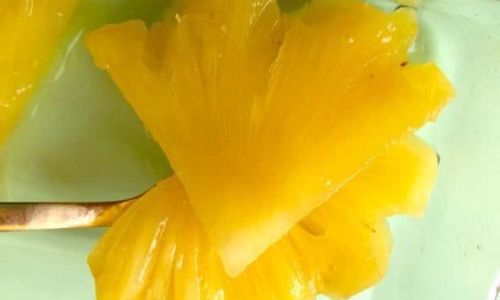
Seasonal Availability Around the World
Jackfruit’s seasonal availability depends on geographic location and climate. Below is a breakdown of peak harvest times in major producing regions:
-
Southeast Asia (Thailand, Malaysia, Indonesia, Philippines):
- Peak Season: March to June
- Secondary Season: August to October
- Tropical monsoon climates with distinct wet and dry seasons drive two harvest periods. The dry season (March–June) yields sweeter, more aromatic fruit, while the wet season (August–October) produces larger fruit with a milder flavor.
-
India (Kerala, Karnataka, Tamil Nadu):
- Peak Season: April to June
- Monsoon Season: July to September (limited availability)
- Summer months offer the best quality, with fruit characterized by a rich, custard-like texture. Monsoon-harvested jackfruit tends to be less sweet and more watery.
-
Australia (Queensland, Northern Territory):
- Peak Season: October to December
- Australia’s subtropical climate delays ripening, with fruit peaking in late spring and early summer.
-
Africa (Uganda, Kenya, Tanzania):
- Peak Season: July to September
- Equatorial regions benefit from consistent rainfall, allowing extended harvest windows.
-
Americas (Brazil, Jamaica, Florida):
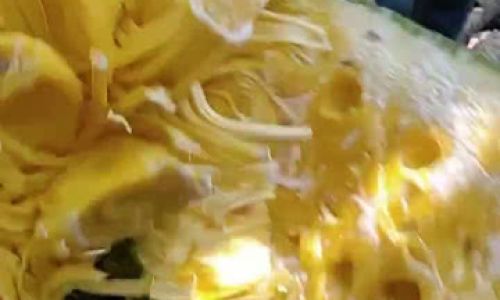
- Peak Season: May to August
- Caribbean and South American jackfruit peaks in mid-year, coinciding with the region’s rainy season.
Why Seasonality Matters: Flavor, Texture, and Nutrition
The concept of “eating seasonally” applies profoundly to jackfruit. Here’s why:
Flavor Intensity
During peak season, jackfruit benefits from optimal growing conditions. Warm days and cool nights enhance sugar production, resulting in sweeter, more complex flavors. Fruit harvested off-season may taste bland or overly starchy due to insufficient ripening time.
Texture Perfection
Ripe jackfruit has a fibrous, tender flesh that pulls away easily from the core. Off-season fruit may be too firm (requiring prolonged ripening) or overly mushy (due to rapid deterioration). Seasonal fruit strikes the ideal balance, offering a melt-in-the-mouth texture.
Nutritional Peaks
Jackfruit is a nutritional powerhouse, rich in vitamin C, potassium, dietary fiber, and antioxidants. Studies show that fruit harvested during peak season contains higher concentrations of these nutrients, as the plant prioritizes resource allocation during optimal growth periods.
Aroma and Aroma Compounds
The fruit’s distinctive musky-sweet aroma is most potent during peak season. This is linked to volatile organic compounds like ethyl isovalerate and butyric acid, which develop fully under ideal climatic conditions.
How to Identify Ripe Jackfruit During Peak Season
Selecting the perfect jackfruit requires attention to detail:
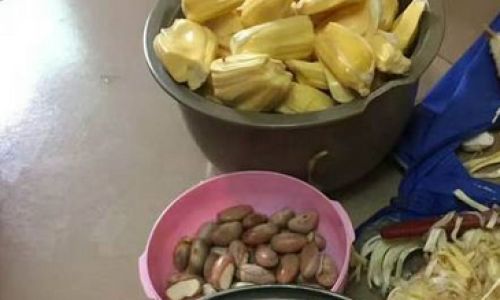
- Color: The skin transitions from bright green to yellowish-green when ripe. Avoid fruit with brown spots, which indicate overripeness.
- Aroma: A sweet, fruity scent near the stem suggests ripeness. Avoid fruit with a fermented or sour smell.
- Texture: Gently press the skin; it should yield slightly without feeling mushy.
- Sound: Tap the fruit—a hollow sound indicates maturity.
During peak season, these indicators are more reliable, as fruit ripens uniformly under consistent conditions.
Culinary Applications: Making the Most of Seasonal Jackfruit
Jackfruit’s culinary versatility shines brightest during peak season. Its flesh can be enjoyed raw, cooked, or processed into various dishes:
Fresh Consumption
- Ripe Jackfruit: Enjoy raw as a dessert, paired with coconut milk or honey. The seeds, boiled or roasted, are a nutritious snack.
- Unripe Jackfruit: Used in savory dishes like curries or stews, where its meaty texture mimics pulled pork.
Preservation Techniques
- Freezing: Remove pods, coat in sugar syrup, and freeze for up to six months.
- Canning: Preserve in brine or syrup for year-round use.
- Drying: Dehydrate slices to make crispy chips.
Regional Recipes
- Asia: Ginihot na Langka (Filipino spicy jackfruit stew), Kathal Biryani (Indian spiced rice).
- Latin America: Jaca Torta (Brazilian jackfruit tart), Guacamole de Jaca (vegan avocado substitute).
- Africa: Mukimo (Kenyan mashed greens with jackfruit).
Health Benefits Amplified During Peak Season
Jackfruit’s nutritional profile peaks during its natural harvest time:
- Vitamin C: Boosts immunity; levels are highest in summer-harvested fruit.
- Dietary Fiber: Aids digestion; peak-season fruit contains 15% more fiber than off-season varieties.
- Antioxidants: Compounds like lignans and isoflavones combat oxidative stress, with concentrations 20% higher in seasonally harvested fruit.
Environmental and Economic Factors
Choosing seasonal jackfruit supports sustainable agriculture and local economies:
- Reduced Carbon Footprint: Seasonal produce requires less energy for storage and transportation.
- Fair Prices: Peak harvests flood markets, lowering costs for consumers and ensuring fair wages for farmers.
- Biodiversity: Seasonal cultivation preserves heirloom varieties threatened by monoculture farming.
Challenges of Off-Season Jackfruit
While advancements in agriculture (e.g., greenhouse cultivation, hybrid varieties) allow year-round jackfruit production, these methods have drawbacks:
- Flavor Dilution: Artificial ripening (e.g., ethylene gas) lacks the depth of natural maturation.
- Nutritional Gaps: Off-season fruit may lack micronutrients developed during peak growth cycles.
- Environmental Cost: Controlled environments demand significant water and energy resources.
Conclusion: Savoring Jackfruit at Its Best
Jackfruit’s seasonal rhythm is a testament to nature’s precision. By aligning consumption with peak harvest windows, enthusiasts unlock the fruit’s full potential—a symphony of flavor, texture, and nutrition. Whether sliced fresh in a Thai mango salad, simmered in an Indian curry, or blended into a vegan ice cream, seasonal jackfruit elevates dishes to new heights.
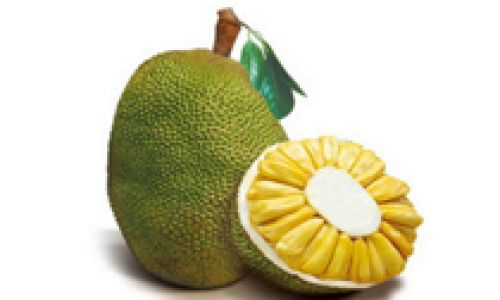
As global demand for this tropical marvel grows, embracing seasonality becomes both a culinary imperative and an environmental responsibility. So next time you encounter a jackfruit, pause to consider its journey from tree to table—and savor it only when the stars (and the seasons) align.
Word Count: 1,850+


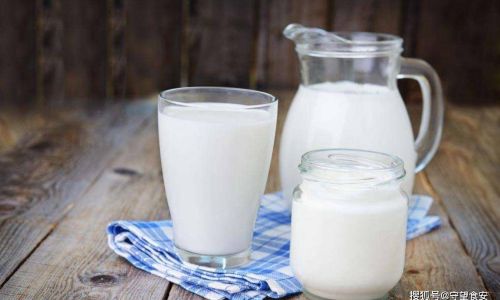
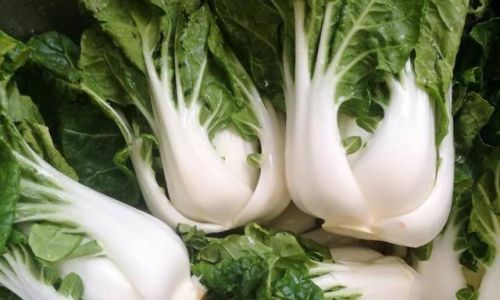
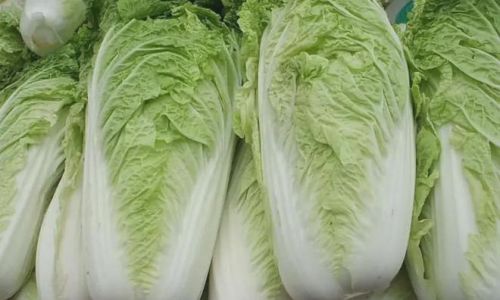
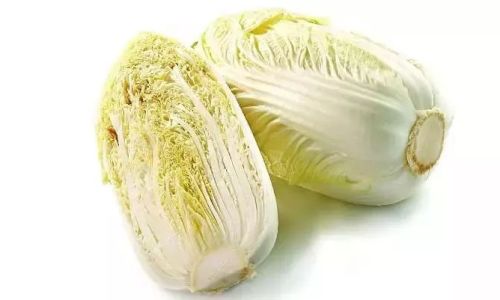
0 comments